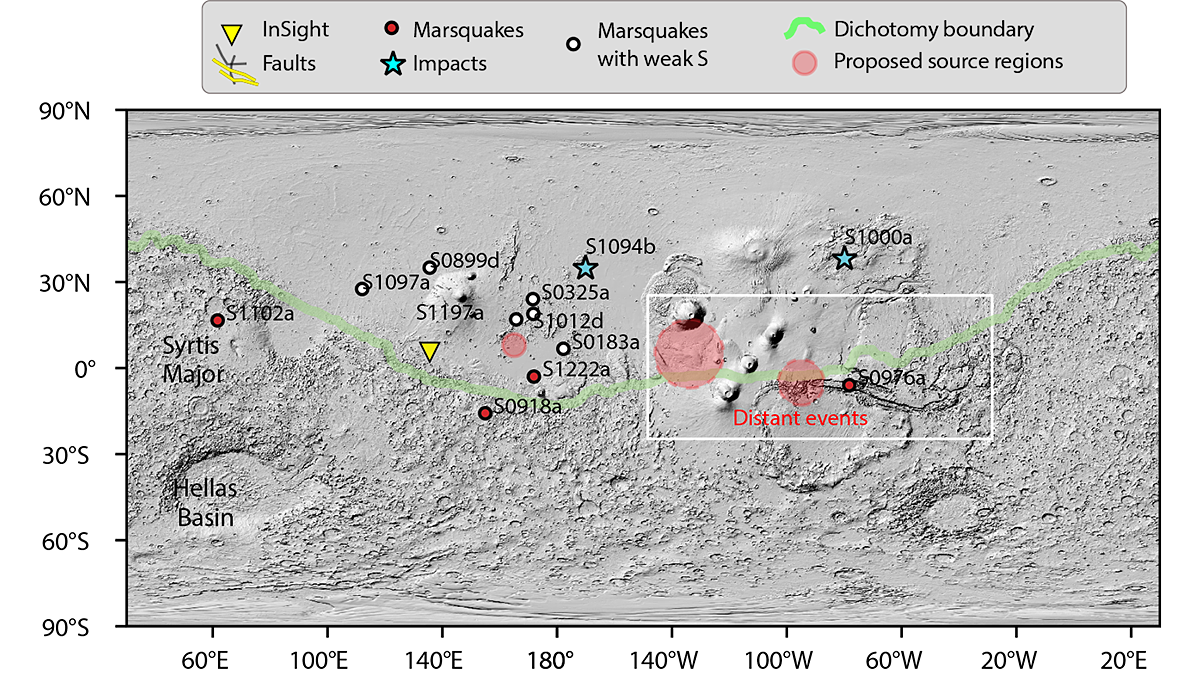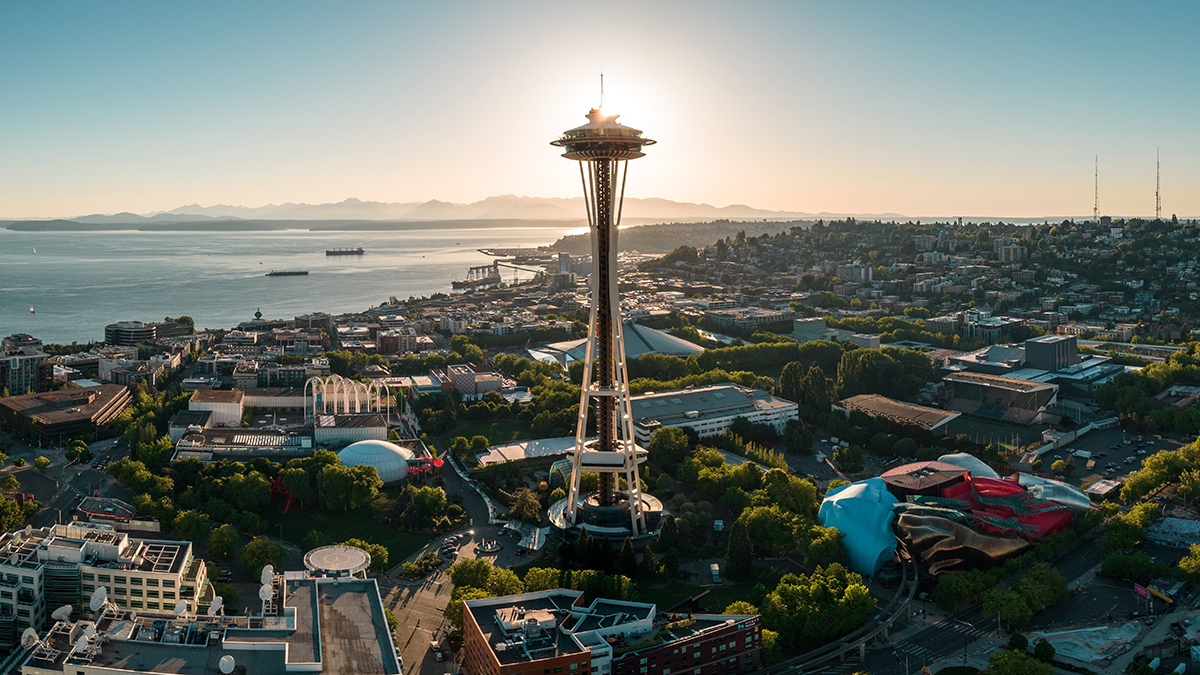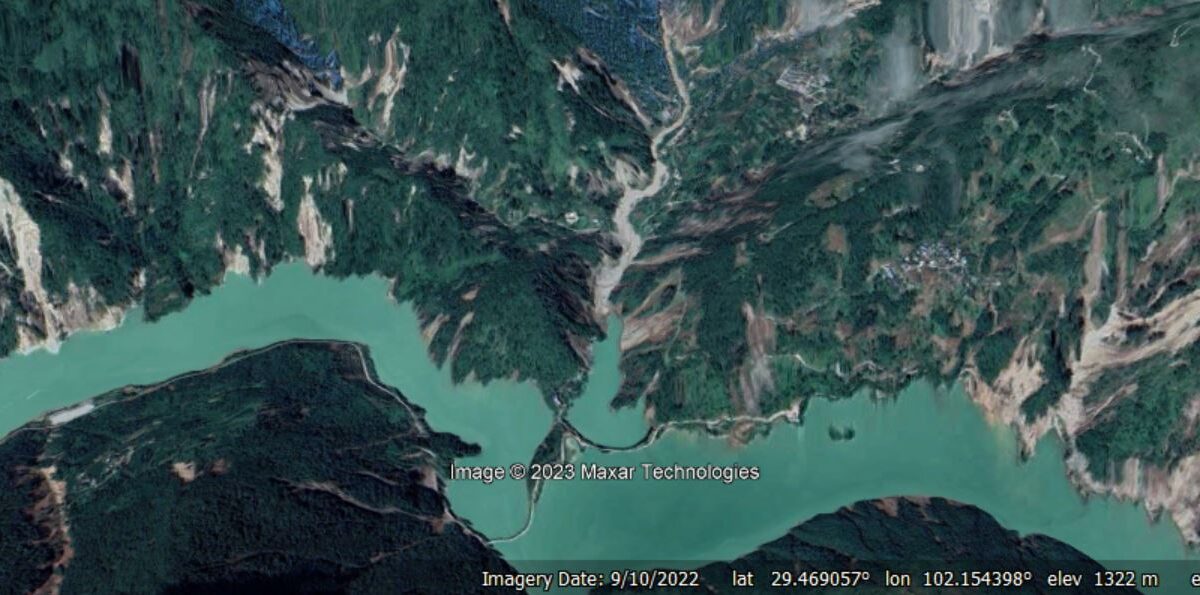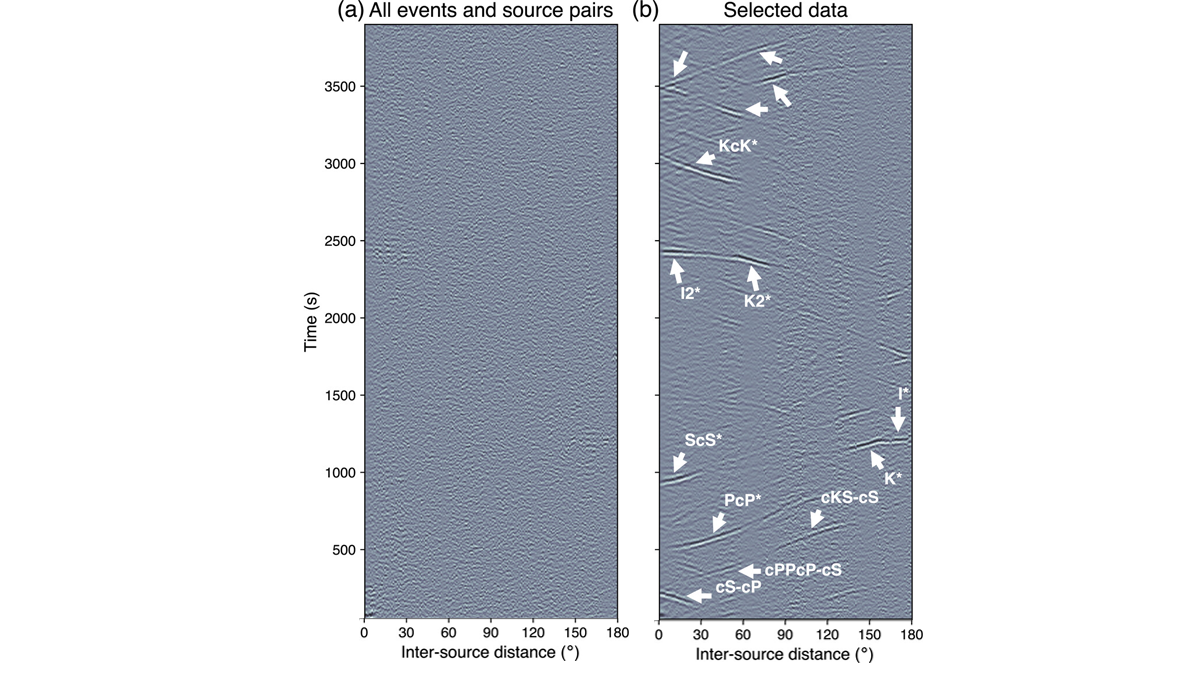Un nuevo centro reunirá a científicos de sismos para estudiar la zona de subducción de Cascadia y aclarar los peligros sísmicos.
earthquakes
Where the Wild Marsquakes Are
A new analysis of the seismic data gathered by the InSight lander reveals that marsquakes occur across a much larger area of the planet than previously believed.
A Strong Quake (or Two) Rattled Puget Sound 1,100 Years Ago
Tree rings hint that two neighboring faults ruptured within 6 months of each other and suggest that the maximum magnitude of quakes around Puget Sound could exceed previous estimates.
The First Slow-Slip Events Seen off Southern Costa Rica
Five events observed off the Osa Peninsula shed new light on the role that these small, slow earthquakes can play in strain accumulation and tsunami hazards along subduction zones.
Shaking Up Earthquake Science in Cascadia
A new center will bring together earthquake scientists to study the Cascadia Subduction Zone and clarify seismic hazards.
Landslides triggered by the 5 September 2022 Ms=6.8 Luding Earthquake in China
The 5 September 2023 Ms=6.8 Luding Earthquake in China killed an estimated 118 people, of whom 80% were killed by landslides.
Earthquakes Have Preparatory Stage Years Before Rupture
Tidally induced seismicity increased locally before the 2019 Ridgecrest earthquake, suggesting that fault sensitivity to stress increases in the years immediately before large earthquakes.
Fluid Release from Subducted Slabs Without Percolation Flow
A new study demonstrates the absorption mechanism of H2O release out of subducting slabs, making the previous hypothesis of dehydration embrittlement unnecessary.
Exploring the Mantle Through Microseisms
A new method for examining the tiny vibrations of Earth caused by ocean swells could help reveal details of deep-Earth structure.
Source Selection Essential to Inter-Source Cross-Correlation
Inter-source correlograms yield coherent signals upon careful consideration of source mechanisms and source-receiver geometry, affording new means of characterizing planetary interiors.










